Many sewing machines, particularly modern ones, allow for multiple stitching options and effects. However, there really are only 10 basic sewing stitches you need to know for garment construction and home decor projects.
Now, let's take a look at the list of stitches. I put the list in order of importance based on how often they are used but it really depends on what type of sewing you do. These stitches can be done with the presser feet that come with most sewing machines.
The First 3 Stitches You Need to Master For Basic Sewing
1. Straight stitch: The straight stitch is the one you will use to make most of your seams and hems. Use a short stitch length for sewing on light weight fabrics, medium stitch length for general sewing and a long stitch length for heavy fabrics.
2. Backstitch: Backstitching is used to secure threads at the beginning and end of your seams. The button or lever usually has a U-Turn illustration on it. It should only be a few stitches.
3. Basting Stitch: Basting stitches are temporary stitches used for fitting, gathering and marking. Some machines will have a button to auto-set this stitch. If your machine doesn't all you need to do is increase your stitch length to the longest setting. You do not backstitch at the beginning or end of a basting stitch.
The 4 Stitches You Need to Master to go Beyond Basics

4. Topstitch: Topstitching is an extra line of stitching sewn on the right side of the fabric that parallels a seamline or is used to sew a hem. Topstitching is usually visible on a project, so it needs to look good.
5. ZigZag Stitch: zig-zag stitch is great for stretch fabrics, finishing edges and attaching elastic. You can also use it for stitching around appliqués and sewing on buttons. The zigzag stitch is as practical as it is fun.
6. Overcast stitch: Sometimes called the overedge stitch, this stitch is used to produce neat, durable seams and prevent the edges of woven fabrics from fraying. The overcast stitch essentially forms and finishes seams at the same time.
7. Gathering stitch: The gathering stitch is used to control large amounts of fullness when joining a much larger section of fabric to a smaller one. Set you straight stitch to the longest setting and loosen the tension slightly. Stitch along the seamline and then form a second set of stitches ¼ away from the first. Pull the thread ends and push the fabric along the threads, adjusting the fullness to fit as needed in the pattern directions.
The 3 Stitches You Need to Master for Garment sewing
8. Buttonhole: If your machine has a buttonhole foot,learn to use it. There is a freedom that comes with being able to choose patterns that call for buttons!The buttonhole will form a bound opening.
9. Blind hem and stretch blind hem: A Blind hem stitch is designed to hem woven fabrics so that the stitches are almost invisible when looked at from the right side of the garment. The stretch blind hem stitch has an extra zigzag or two that stretches to invisibly hem knit fabrics. Both stitches have decorative applications, too.
10. Reinforced stitch: Not all machines have this stitch but if yours does it is a handy stitch to learn. The reinforced stitch takes stitch forward and then back. It is used to strengthen an area and can also be used when sewing on knits if your machine does not have a stretch setting. This stitch looks great down the sides of your pants if you make your own jeans.
Practice makes perfect, or at least better
Feeling confident about sewing these stitches will encourage you to step out of your comfort zone and try new projects. I know at some point early in our sewing most of us reached for a snap instead of a button because we didn't want to have to sew a buttonhole. The easiest way to get better and more consistent with your stitches is to use them.
What stitch or stitches do you use most often? Are there any stitches you avoid?

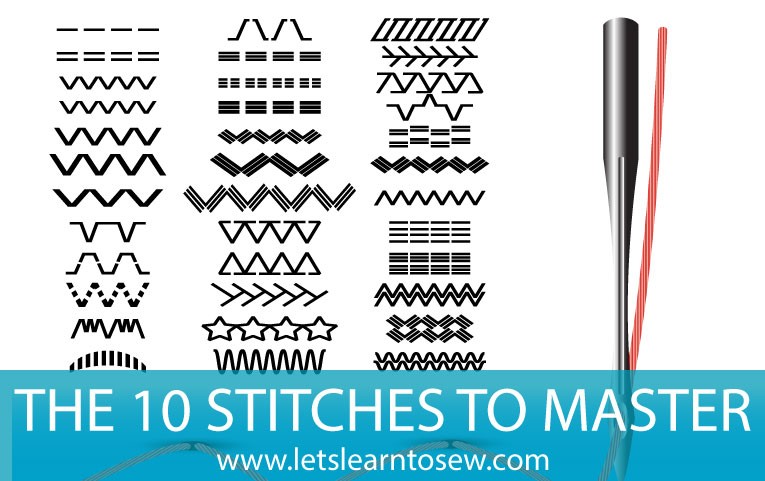

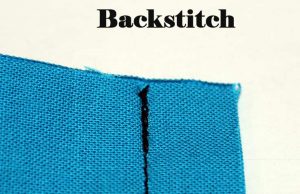




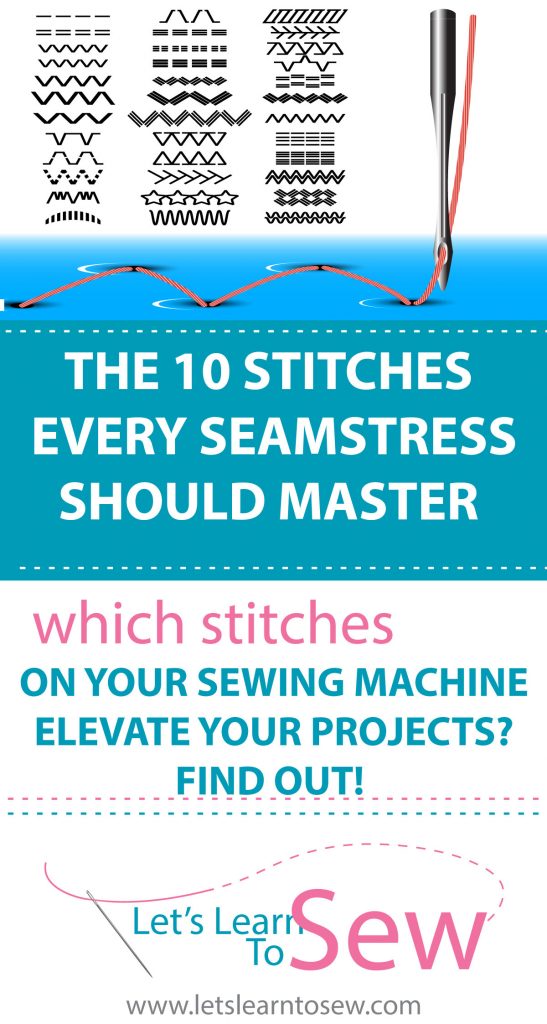

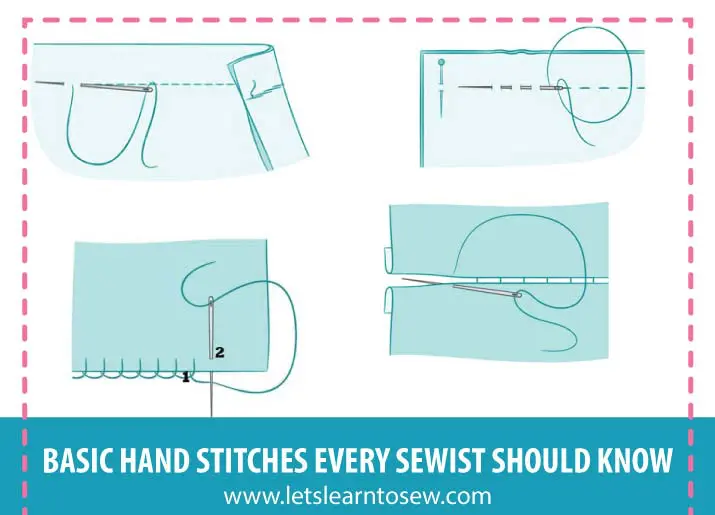
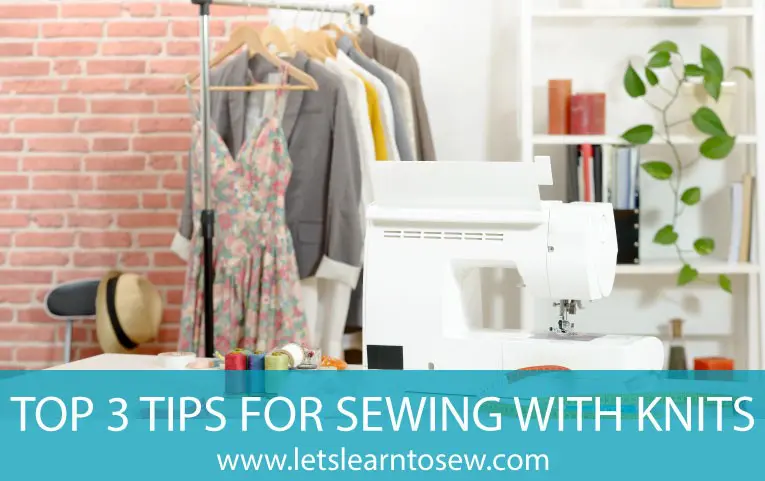
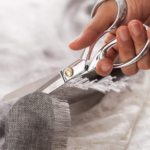
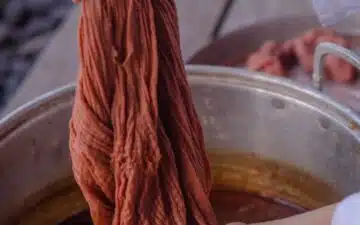

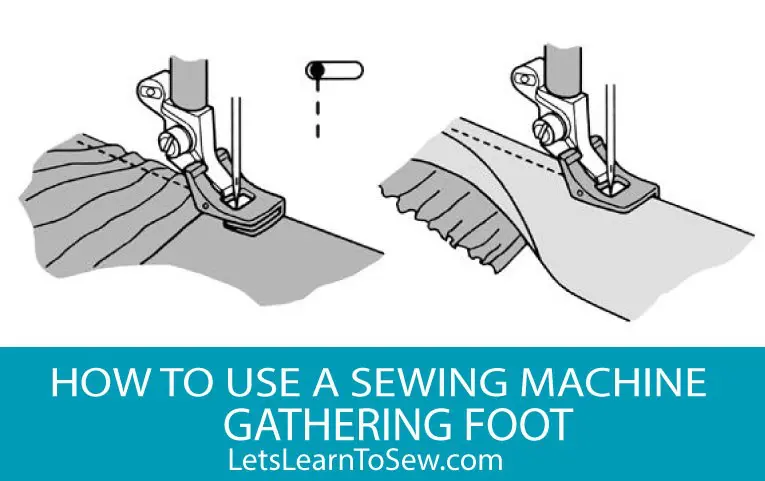

Elle Spann
perfect! i still have my machine, but wish I would have more time to sew 🙁
elle
Magic In The Everyday
Love this! I used to take sewing classes as a kid, and I would love to get back into it someday
Ingrid Rizzolo
I congratulate my self as I can do all the stitches you mentioned. The issue is however is that I need to get back in practice.
Raina Ross
I love this! I dont get enough time with my sewing machine but cannot wait to get back to it!
itskathrynjane
Absolutely love this. I love sewing but I don’t have enough time. I know all the stitches too. Yay. What a great post really enjoyed it.
Benzinger23
Still working on a lot of these! The videos you shared are so helpful...saving!
Bee @ BusyLittleBee.ca
Last year I bought a sewing machine with the intention of learning how to sew, but it's still in the box untouched because I didn't know where to start. This is such a great post and really helpful!
Tara
Great list and explanation! I am totally pinning this for later! Thank you!
nadaliebardo
Holy crap, I didn't realize how many different ones there were. I am only used to the basic and simple straight stitch. I am going to make it a goal to learn a new stitch this year.
surakamil
I love sewing! I'm saving this for later, I really want to get back into it.